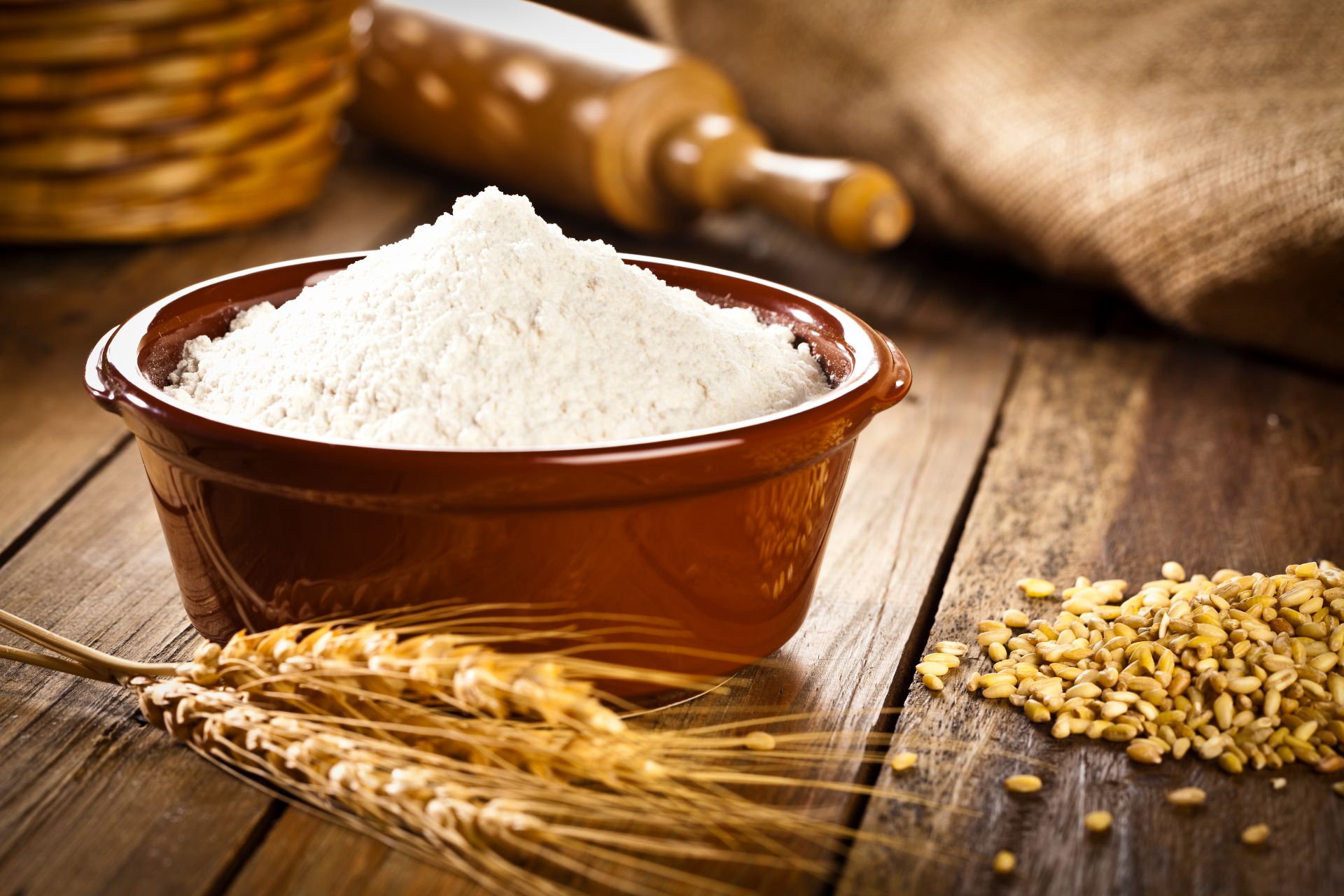Because 00 flour is so fine, it makes a finer, more responsive dough that won’t tear when you roll it into thin, delicate pasta strips or shape it into a crispy pizza base. If you’ve tried either of these techniques with all-purpose flour and given up in frustration because the dough kept tearing instead of stretching, it’s worth trying again with some 00 - you might find yourself surprised by how much easier it is.
00 flour is also preferred by Italian pizzerias because of the quality of the gluten. In fact, 00 and bread flour, which is often used to make pizza in the US, contain similar amounts of gluten, but because they tend to be made from different types of wheat, the gluten in each behaves slightly differently.
Bread flour is usually made from red wheat, which creates gluten that is strong and elastic, and this makes for a chewy, bread-like base. 00 flour is made from durum wheat, which creates gluten that is strong but not very elastic, and this makes the traditional thin and crispy Neapolitan crust.
To get the best out of your 00 pizza crust, it should be cooked quickly, at extremely high temperatures for that perfect, crispy, flaky texture. If you’re lucky enough to have a wood-fired pizza oven in your backyard, this is ideal, otherwise try cooking your pizza in a hot cast iron skillet.
Protein and gluten
In the USA, flour is usually graded according to its gluten content, so many people make the mistake of assuming that 00 must be gluten-free. Sadly this is not the case, so if you’re baking for coeliac sufferers or people with gluten allergies you should absolutely not use 00.
The proteins present in flour are directly related to how much gluten it can produce, as these proteins form gluten strands when mixed with water. Obviously this is not the case with gluten-free flours, which contain non-gluten-forming proteins.
Most 00 flours tend to have between 12 to 13% protein, which is quite high. This gives pasta and pizza their typically dense texture, as opposed to something light and airy like a sponge cake, which is made with a 7 to 9% protein cake flour.
If you are looking for a gluten free flour, why not try anti grain flour, a gluten-free, nut-free, allergen-free, non-GMO, Paleo friendly, certified kosher flour, made from fruits and vegetables in the U.S.A.
Differences between 00 flour and all-purpose flour












